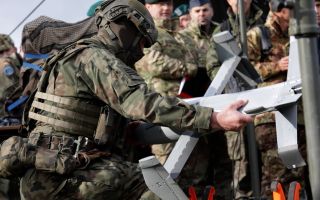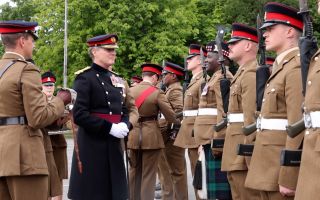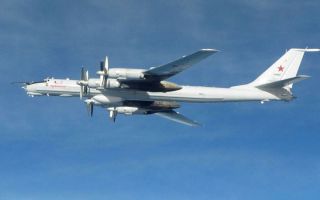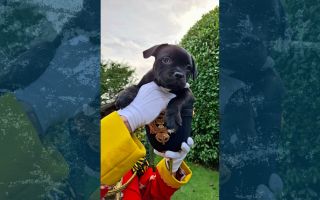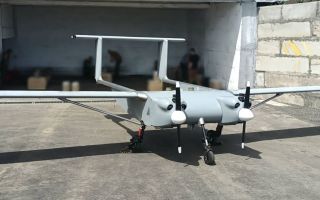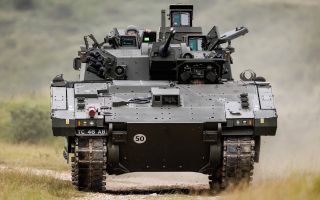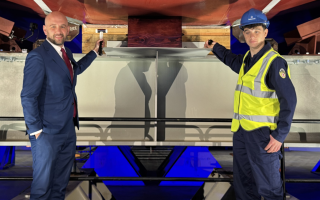
The strategic assault on Sword Beach that helped change the course of WW2

On 6 June 1944, Allied forces embarked on D-Day, the largest amphibious invasion in history, along the Normandy coast in France.
Among the five codenamed beachheads selected for Allied landings – Sword, Utah, Gold, Juno and Omaha – Sword Beach was one of the most critical locations for UK forces.
The success of D-Day was crucial for liberating France and would mark the next step in freeing Europe from Nazi occupation.
Sword Beach was assaulted by units of the British 3rd Division, plus French and British commandos.
The goal for those involved in the action was twofold.
British airborne forces were tasked with capturing the bridge over the Caen Canal - later renamed Pegasus Bridge in a nod to their emblem - the River Orne bridge, plus the German gun battery at Merville.
They would then protect the troops landing on the beaches from any German counterattacks.
The aim of the British and French troops landing on Sword Beach itself was to overcome any German attack and reach the port city of Caen, a vital location for the Allies, as it would serve as a hub for future military actions in Normandy.
While airborne landings began at 00:16, the beach landings were set for 07:25.
As the sun rose, the British and French troops prepared to land on Sword Beach, a stretch of seafront from St-Aubin-sur-Mer to the River Orne and split into four sections – Queen, Roger, Oboe and Peter.
Delayed by rough seas, amphibious tanks arrived at the same time as the infantry rather than slightly ahead of them.
Upon arrival, the first waves of infantry faced fierce resistance.
The German forces had set up well-fortified strongpoints such as Wn20, known as Cod by the Allies,which included machine gun nests, artillery positions and beach obstacles designed to hinder the landing craft.
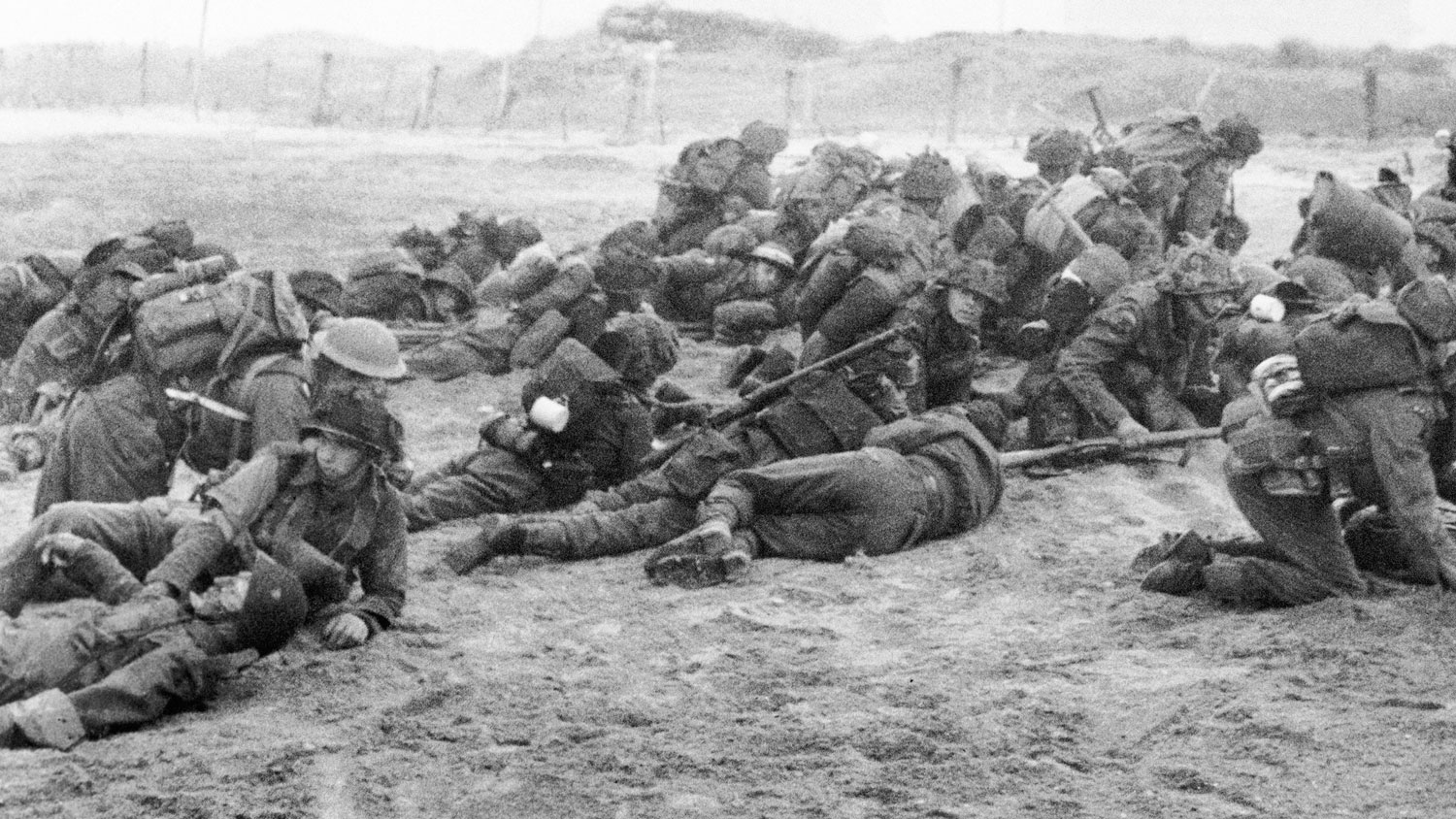
Major Andrew Atkinson, Squadron Commander of 47 Commando, spoke to BFBS Forces News in 2024 of his admiration for the incredible sacrifice and bravery of those who landed on D-Day during a memorial service held at the town of Colleville-Montgomery, near Sword Beach.
He said: "I've done 25 years in the military now and I've done a few deployments, but nothing to the scale of what's happened here.
"Its scale is absolutely mind-blowing.
"With the 7,000 ships and vessels out in the water, I mean, that was never seen before and will never be seen again today."
Eric Strange was a Sub Lieutenant in the Royal Navy who landed on Sword Beach.
Speaking with BFBS Forces News in 2019, he said his main feeling during D-Day was "surprise that we were still there at the end of the day - because we were lucky".
He added: "Our job was if things had gone wrong we were there to lift off as many troops as we could, fortunately, things didn't go wrong so we weren't overworked.
"That was OK, so we just laid there being sick all morning.
"I was one of the lucky ones."
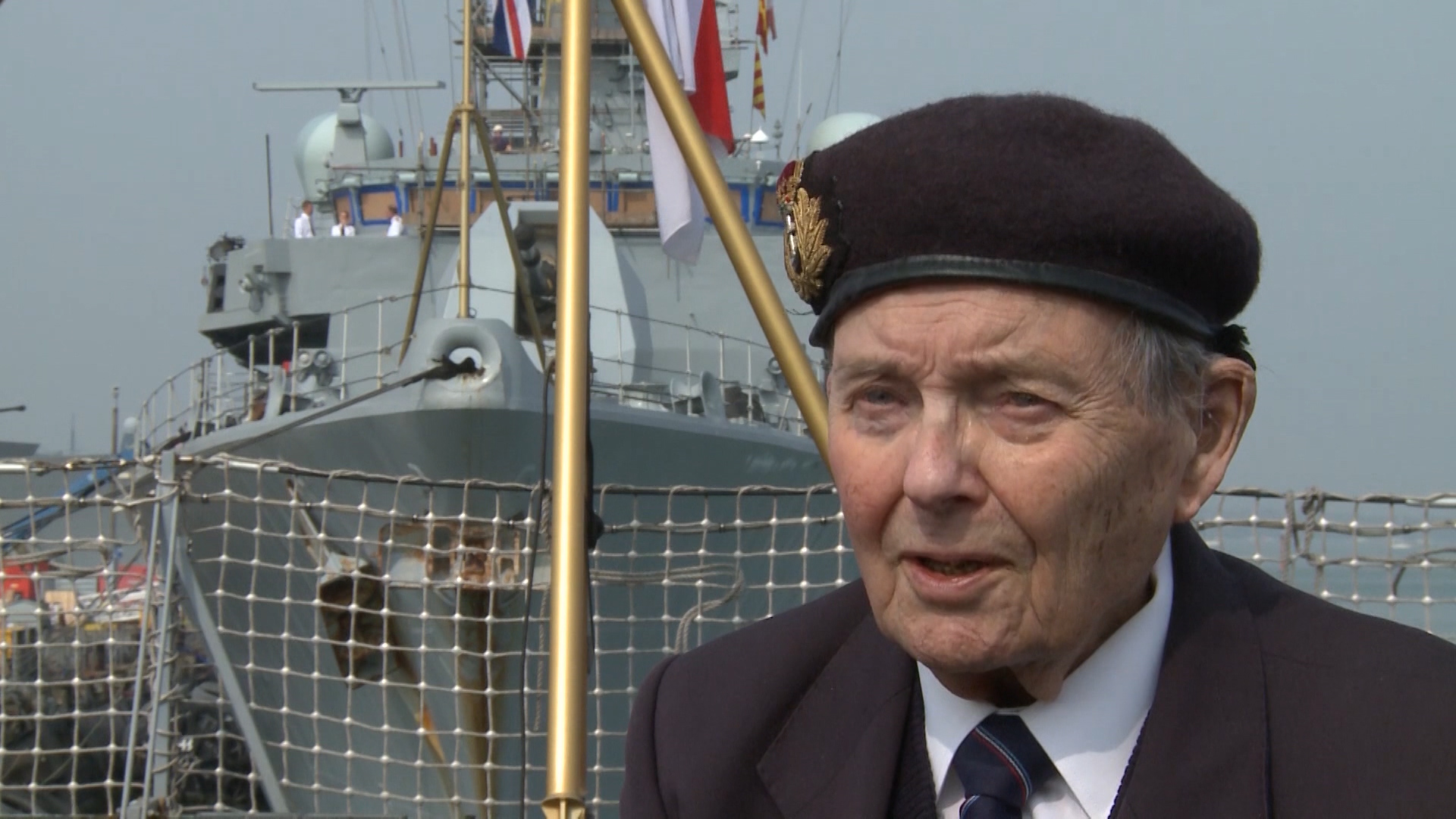
Despite the chaos, British forces counterattacked and overcame the German positions.
By midday, soldiers had captured several German strongpoints beyond the beach and were heading to liberate Caen.
However, German resistance meant British troops did not reach the city before the end of the day, meaning Caen remained under German control for another month.
It was only after a bombing campaign so intense that British war correspondents for the Daily Mail described it as a "horrible and rather shaming thing" that the Germans withdrew.
In total, more than 28,000 Allied troops landed at Sword Beach on D-Day, of which about 630 were killed, wounded or declared missing.
Despite initial setbacks, the eventual success at Sword Beach on D-Day contributed to the success of Operation Neptune, Operation Overlord and the eventual defeat of the Hitler's Germany.

